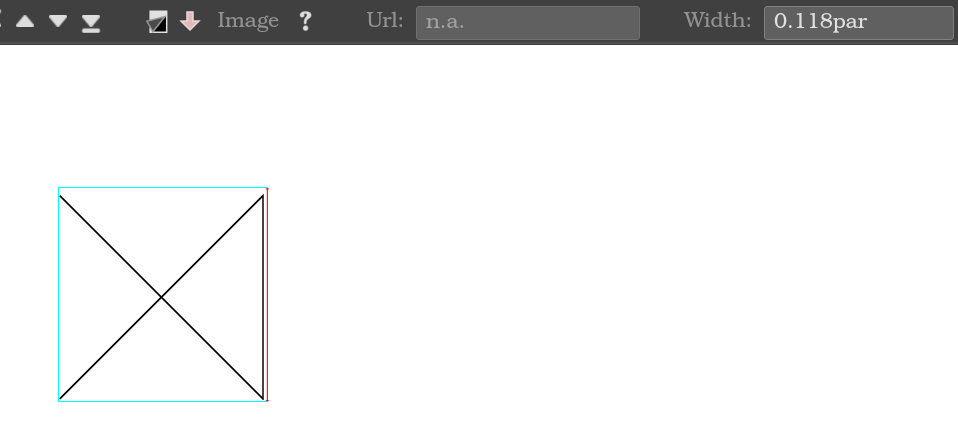When creating an embedded TikZ figure using Insert -> Fold -> Executable -> TikZ the image width of the output is always set to a fixed 0.618par by default independent of the actual size of the TikZ figure.
If you manually remove the 0.618par from the width of the output image, TeXmacs is actually able to automatically set the correct image width for the embedded TikZ figure (such that font sizes match the rest of the document for example).
Is it possible to set the default behaviour to use this automatic detection of the width instead of a fixed 0.618par? That is, to keep the width of the image object empty when generating the output?
Even when you update an existing script input the image width defaults back to the 0.618par when the output is regenerated and you have to manually erase it again.
Thanks!

